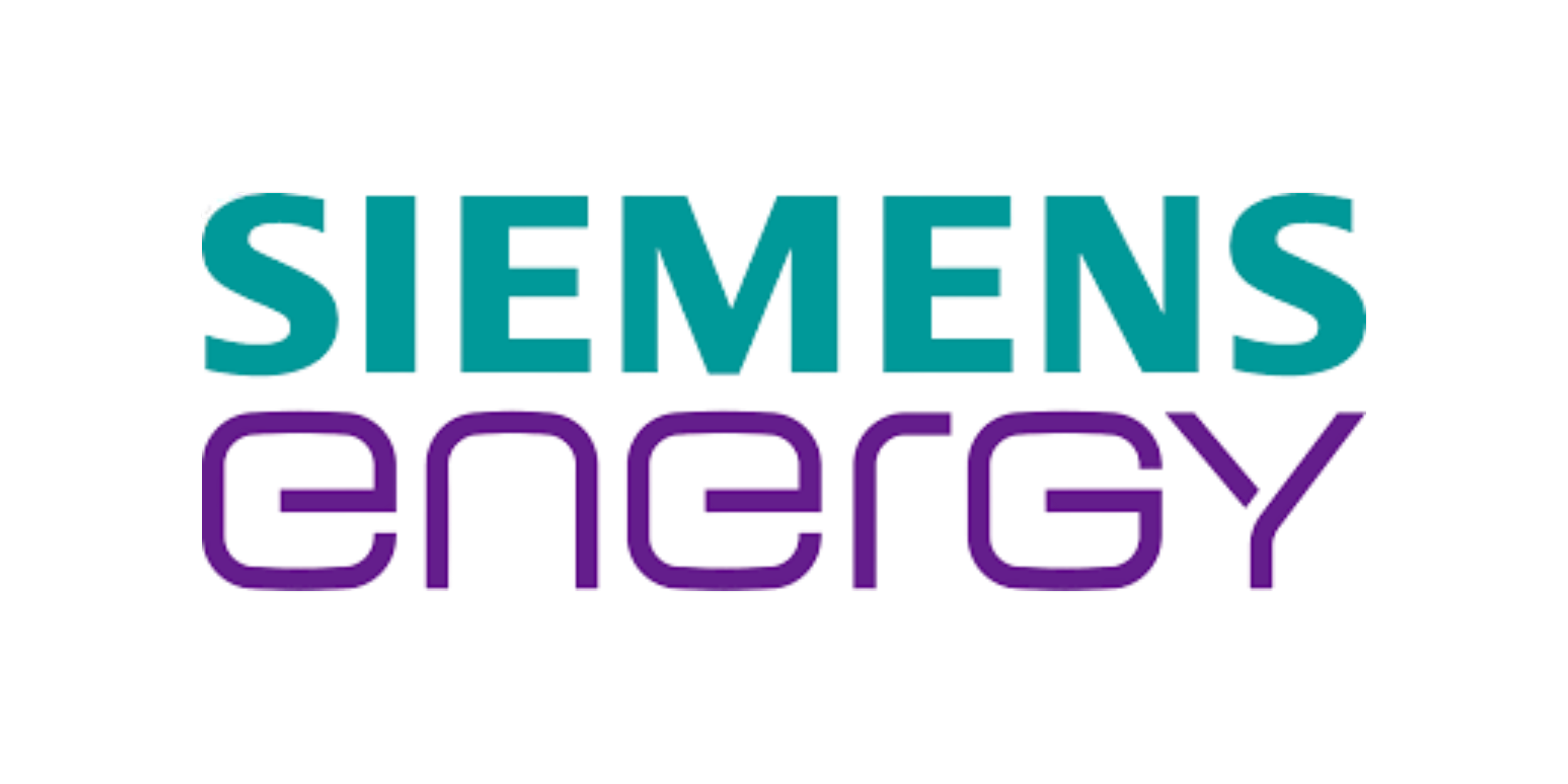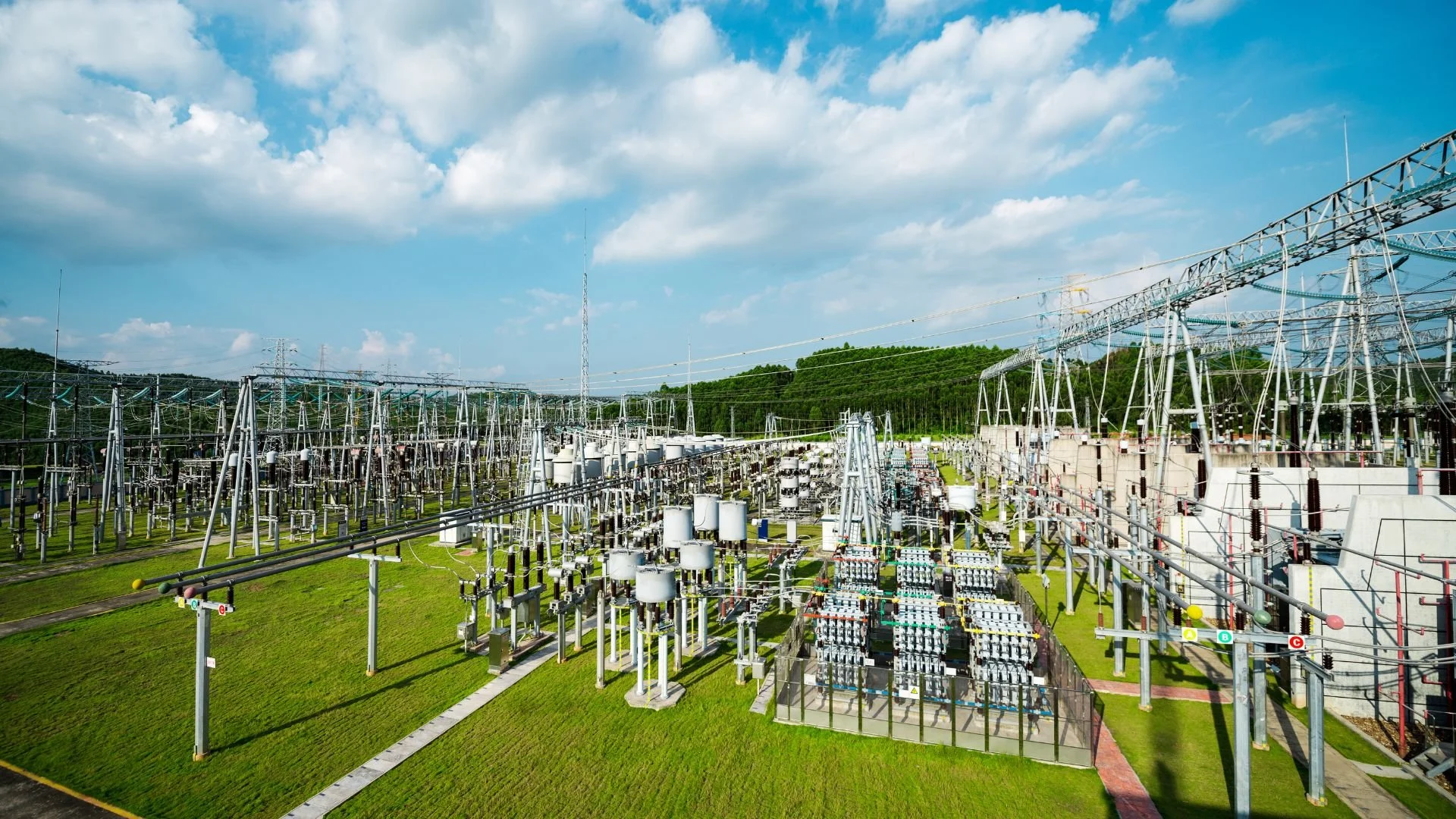
Apprentice Power Systems Engineer
This page gives you the real story about what it's like to be an Apprentice Power Systems Engineer (with insights from someone who’s actually doing the job).
Your goal: Decide if this sounds interesting enough to explore further, or if it's clearly not for you. Both answers are useful!
If it sounds like something you'd like to know more about, you'll be able to:
📞 Join a call - Ask your own questions and hear more about what the job's really like
🎯 Attend a careers event - Meet employers and find out exactly how to get roles like this
It will take about 5 minutes to read through - by the end, you'll know if this is worth exploring or if you should look at something else.
What do they do?
A power systems engineer designs the systems that keep substations running safely and reliably.
After the main substation structure is designed and built, control and protection engineers work out the detailed specifications for all the underlying components - the protection systems, power supplies, wiring layouts, and control panels that ensure everything functions correctly. They create technical drawings, design wiring diagrams, and specify which components are needed.
Think of it as making sure all the building blocks of a substation actually work together properly, ensuring the systems that monitor and protect the equipment are designed and connected correctly.
How much do they earn?
Salaries vary depending on the company, location, and your experience level. Here's a rough guide for control and protection engineering roles:
Apprentice (Modern/Graduate Apprenticeship) £14,000 - £25,000 per year
You're learning on the job while earning
Uni Graduate £25,000 - £32,000 per year
With Experience £35,000 - £50,000 per year
Senior Level £55,000 - £75,000+ per year
What affects your salary:
The size of the company you work for
Whether you're in a city (usually higher) or a smaller town
The specific sector you're in (energy, utilities, infrastructure)
Additional qualifications and chartered engineer status
Remember: These are approximate figures for Scotland and can vary. The good news is there's clear progression as you gain experience.
You'll Be Successful In This Career If...
The Bottom Line
If you're detail-focused, comfortable working with software and design tools, and enjoy seeing technical designs become real infrastructure, then this is a good fit for you. Every piece of electrical infrastructure needs control and protection engineers, and with experience you'll get real responsibility and strong pay.
You enjoy working with detail and precision
You're the type of person who notices small things - like if a name, number, or label is wrong on a document. You don't mind double-checking your work to make sure everything is exactly right, because you know small mistakes can cause big problems later.
You're adaptable and learn through doing
When something unfamiliar comes up, you're willing to ask questions, research, and figure it out. You don't expect to know everything right away, and you're okay with trying something multiple times before getting it right.
You can handle working away from home
Projects move around, so you might be working in different locations across Scotland or further away. You're comfortable staying in provided accommodation for weeks or months at a time while a job gets finished.
You like designing things on a computer
You enjoy using software, drawing things digitally, or creating something you can see come to life. Whether it's CAD, Excel, design tools, or just being comfortable with tech, you're happy working at a desk and using computers to build or plan things.
You're good at explaining things clearly
You like a mix of practical work and technical tasks. Some days you're wiring and fixing things on site, other days you're running tests on a computer. That variety appeals to you rather than doing the same thing every day
Meet Thomas – Power Systems Engineer at Siemens
Thomas is completing his degree apprenticeship, designing control and protection systems for substations across the UK.
What the job actually involves
"You've got a substation, and then you've got the protections to ensure that it doesn't turn off. My job is designing the diagrams on how it's laid out, how it works, the specifications, and what components are part of that."
“I'll work on wiring diagrams or creating documents with specifications for a project. I have to work out which part of the substation actually need power and which are just passive components."
Why he likes it
"I like science stuff. It's just something new - I've never really done design stuff. I think it's really cool when I'm drawing a substation that I'm actively working on, and then when I go on site and see what I've actually designed."
"My life goal is to move to America and they have offices in America, so it gives me an opportunity."
Why he chose this path
“I had the opportunity to go to Northumbria Uni but I'd rather do this."
"I didn't want to go into debt by going to uni. I felt like 60 grand worth of debt was a bit much for me."
His best advice
"Research companies. There's always news about new projects being announced. I got my interview with about a week's notice, but I just researched the company and what they do - tried to get as much information as I could."
"Being adaptable is important. There's a lot of aspects to engineering and they're quite different when you go across specialisations. I did a project where I had no clue about the technology - I went through about 15 different drawings before I got it right."
“What Does A Typical Day Look Like?”
Where he works:
“I’m mostly at a desk in the office using CAD software, Excel, and other design tools.”
“Occasionally you go on site to see substations maybe every couple of months. It’s cool to go and see what I’ve actually designed"
What he’s actually doing:
"I come in and do uni work in the morning for about two hours. Then my manager will give me some work - normally designing wiring diagrams or creating Word documents with specifications for a project.”
"I’ll get a very long Excel sheet with all the components for every protection we have. I have to work out which ones actually need power and which are just passive components”
“I'll work on that stuff until probably 2-3 o'clock and then finish off with a bit more uni work afterwards."
Breaking that down more specifically:
Designing wiring diagrams using CAD software
Creating technical specification documents in Word
Working through Excel sheets with component lists
Drawing layouts showing where all the connections are on control boards
Communicating with other departments and customers about projects
Studying for your degree as part of the apprenticeship
The Summary
Power Systems Engineers design the systems that keep electrical equipment running safely and reliably.
So if you enjoy working with detail and precision, like designing things using software, and want to see your technical drawings become real infrastructure in the world, then control and protection engineering gives you the chance to turn your abilities into a well-paid and satisfying career.
Want to find out more?
Join the webinar where you can hear more from Thomas and ask questions to find out if this is a good career option for you
Attend the event in Aberdeen in January to meet employers who will tell you the routes you can take to get this role, and what they’re looking for









